IPL (Intense Pulsed Light) photofacials and laser skin resurfacing are two of the most effective skin rejuvenation procedures available. Both treatments promise to rejuvenate the skin and address various skin concerns, ranging from uneven skin tone and texture to hyperpigmentation and wrinkles, but they differ in their mechanisms, target areas, and outcomes.
Genesis Lifestyle Medicine offers a comprehensive range of skin rejuvenation treatments, including IPL photofacial and laser skin resurfacing. Our aesthetic providers carefully examine your skin type and discuss your concerns to recommend the most suitable options. This article provides the knowledge you need to make informed decisions about your treatment.

Technology and Mechanism
IPL Photofacial: IPL utilizes broad-spectrum light to target specific skin concerns such as sun damage, age spots, redness, and uneven skin tone. The light penetrates the skin's surface and is absorbed by the melanin or hemoglobin in the targeted areas, causing them to break down and fade over time. IPL does not penetrate as deeply as lasers, making it a gentler option for treating superficial skin issues.
Laser Skin Resurfacing: Laser resurfacing involves using concentrated beams of light that precisely target the skin's surface or deeper layers. Fractional lasers create micro-injuries in the skin, triggering the body's natural healing process and stimulating collagen production. This results in smoother, firmer skin with improved texture and reduced wrinkles, acne scars, and other imperfections.
Targeted Concerns
IPL Photofacial: IPL is effective for treating superficial skin concerns like sun spots, age spots, freckles, rosacea, and vascular lesions. It can also help reduce pore size and improve skin texture and tone. IPL is commonly used on the face, neck, chest, and hands.
Laser Skin Resurfacing: Laser treatments are more versatile and can address a wider range of concerns, including deep wrinkles, acne scars, surgical scars, and moderate to severe sun damage. Fractional laser resurfacing is often recommended for individuals seeking significant improvement in skin texture and firmness, especially on the face and neck.

Treatment Experience and Downtime
IPL Photofacial: IPL treatments are relatively quick and typically require little to no downtime. Patients may experience mild redness or swelling following the procedure, but these side effects usually subside within a few hours to a few days. Most individuals can resume their normal activities immediately after an IPL session.
Laser Skin Resurfacing: Laser treatments may involve a longer recovery period, depending on the intensity of the procedure. Fractional laser resurfacing can cause redness, swelling, and peeling for several days to a week after treatment. Patients may need to take time off work or social activities during the healing phase to optimize results.

Number of Sessions and Maintenance
IPL Photofacial: Multiple IPL sessions are recommended to achieve the best results, with treatments spaced several weeks apart. Maintenance sessions may be necessary to sustain the benefits of IPL over time, especially for individuals with ongoing sun exposure.
Laser Skin Resurfacing: Depending on the severity of the skin concerns, one laser session may be enough, even though some patients may benefit from follow-ups. Maintenance treatments may be recommended every few years to maintain the effects of laser skin resurfacing and combat the natural aging process.
Both IPL photofacial and laser skin resurfacing offer effective solutions for improving the appearance and texture of the skin. The choice between the two treatments depends on individual skin concerns, desired outcomes, and tolerance for downtime. Our skincare providers will carefully evaluate your concerns to recommend the most suitable treatment for you. Schedule a consultation today!



